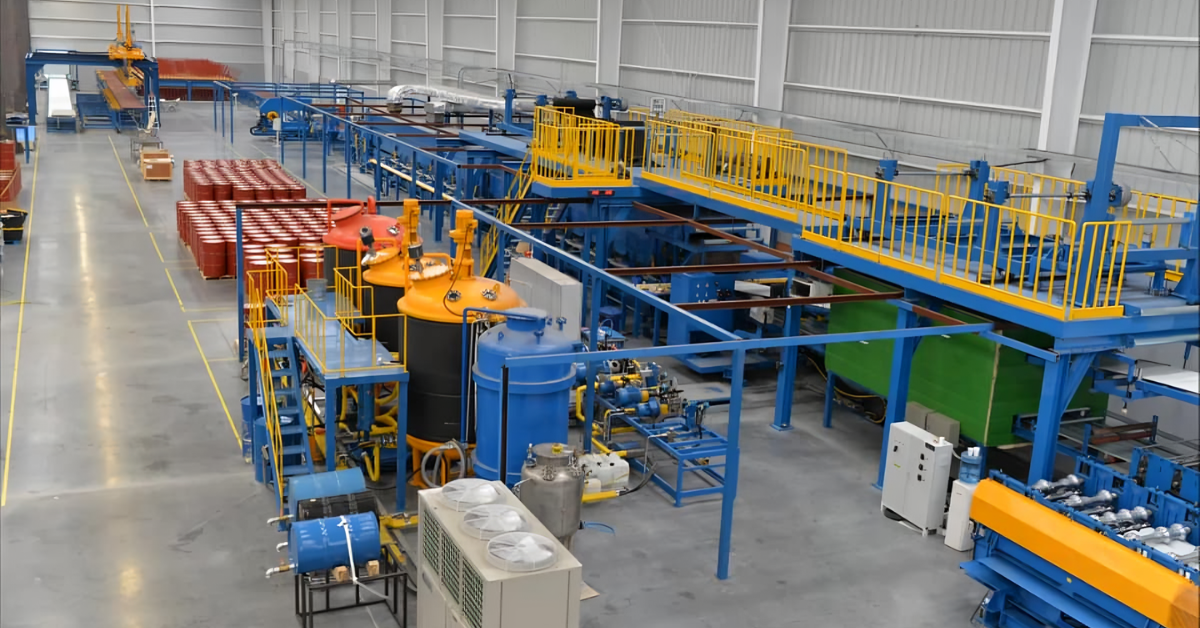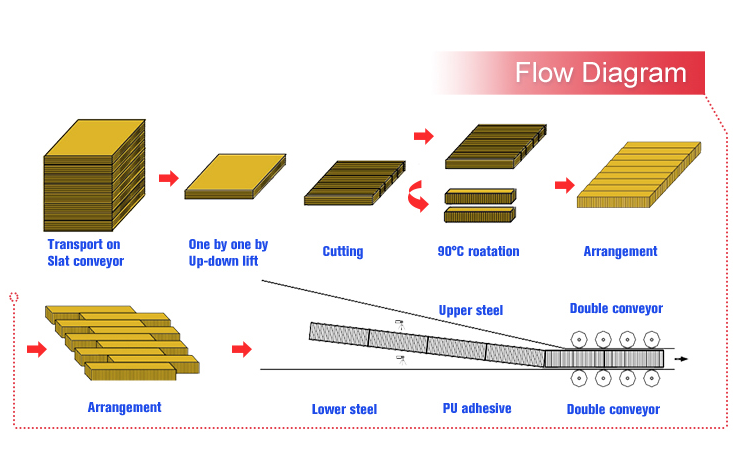Table of Contents

Understanding the Difference Between PIR and PU Sandwich Panels
When it comes to building construction and insulation, sandwich panels have become increasingly popular due to their excellent thermal performance and durability. Among the various types of sandwich panels available, PIR (polyisocyanurate) and PU (polyurethane) panels are two commonly used options. While both offer great insulation properties, there are distinct differences between PIR and PU sandwich panels that are worth exploring. In this article, we will delve into the details of these panels and highlight their key differences.
An Introduction to PIR Sandwich Panels
PIR sandwich panels are a type of insulated panel that consists of a core material made from polyisocyanurate foam. This foam is created through a chemical reaction between polyol and isocyanate, resulting in a rigid and closed-cell structure. PIR panels are renowned for their excellent insulation properties, low thermal conductivity, and high fire resistance. They are widely used in industries such as construction, cold storage, and food processing.
An Overview of PU Sandwich Panels
PU sandwich panels, on the other hand, are insulated panels with a core material made from polyurethane foam. The foam is produced by reacting polyol and isocyanate, leading to a flexible and open-cell structure. PU panels have good thermal insulation capabilities, low water absorption, and moderate fire resistance. They are commonly utilized in applications such as refrigeration, clean rooms, and industrial facilities.
Thermal Performance and Insulation
One of the primary factors to consider when comparing PIR and PU sandwich panels is their thermal performance and insulation properties. PIR panels have a lower thermal conductivity than PU panels, which means they provide better insulation. This makes PIR panels more suitable for applications where high thermal efficiency is required, such as cold storage facilities and energy-efficient buildings.
Fire Resistance and Safety
Fire resistance is another crucial aspect to evaluate when choosing between PIR and PU sandwich panels. PIR panels are known for their exceptional fire-resistant capabilities. They have a high temperature resistance and are classified as Class B-s1,d0 or even higher in terms of fire performance. PU panels, on the other hand, have a moderate level of fire resistance and are typically classified as Class B-s3,d2. Therefore, PIR panels are often preferred in buildings or structures where fire safety is a priority.
Structural Strength and Durability
When it comes to structural strength and durability, PU panels have the advantage. The flexible and open-cell structure of PU foam allows it to absorb and distribute stress more effectively, making PU panels highly resistant to impact and deformation. PIR panels, although still durable, have a more rigid and closed-cell structure, which makes them slightly more prone to damage under heavy loads or impacts.
Moisture Resistance and Water Vapor Permeability
Moisture resistance is an essential factor to consider, especially in humid environments or areas prone to water exposure. PU panels have a lower water vapor permeability compared to PIR panels. This means that PU panels are less susceptible to water absorption and moisture-related issues, making them suitable for applications where moisture resistance is crucial, such as cold rooms or refrigerated warehouses.
Environmental Impact and Sustainability
Both PIR and PU sandwich panels have different environmental impacts and sustainability factors. PIR panels are often considered more environmentally friendly due to their lower ozone depletion potential (ODP) and global warming potential (GWP) compared to PU panels. Additionally, PIR panels can be recycled and reused, contributing to a more sustainable construction industry.
Cost Considerations
Cost is an important aspect when it comes to choosing between PIR and PU sandwich panels. In general, PU panels tend to be more cost-effective compared to PIR panels. However, it is essential to evaluate the specific requirements of the project and consider the long-term benefits and energy savings that come with superior insulation properties provided by PIR panels.
Applications and Industries
Both PIR and PU sandwich panels find applications in various industries and sectors. PIR panels, with their excellent insulation and fire resistance properties, are commonly used in cold storage facilities, clean rooms, and energy-efficient buildings. PU panels, with their durability and moisture resistance, are often found in refrigeration units, industrial facilities, and commercial buildings.
Choosing the Right Panel for Your Needs
When it comes to selecting between PIR and PU sandwich panels, it is crucial to assess the specific requirements of your project. Consider factors such as thermal performance, fire resistance, structural strength, moisture resistance, environmental impact, and cost. By understanding the differences and evaluating your needs, you can make an informed decision and choose the most suitable panel for your application.

